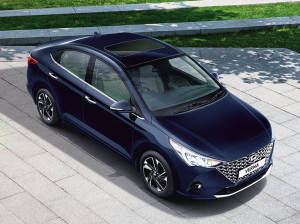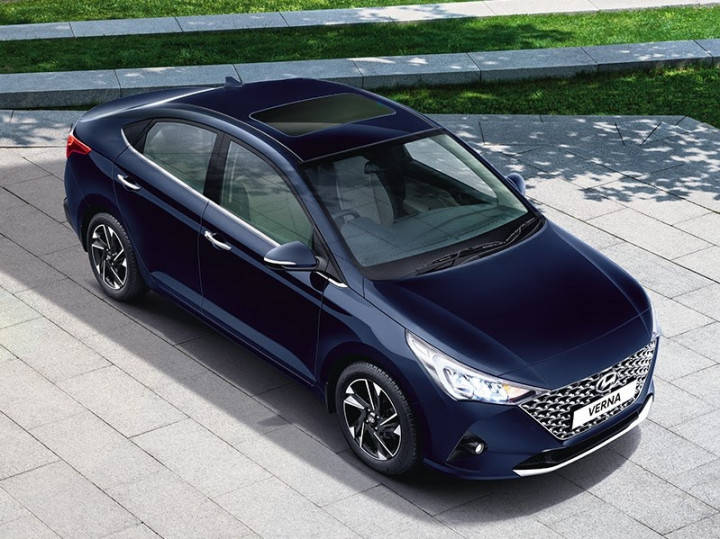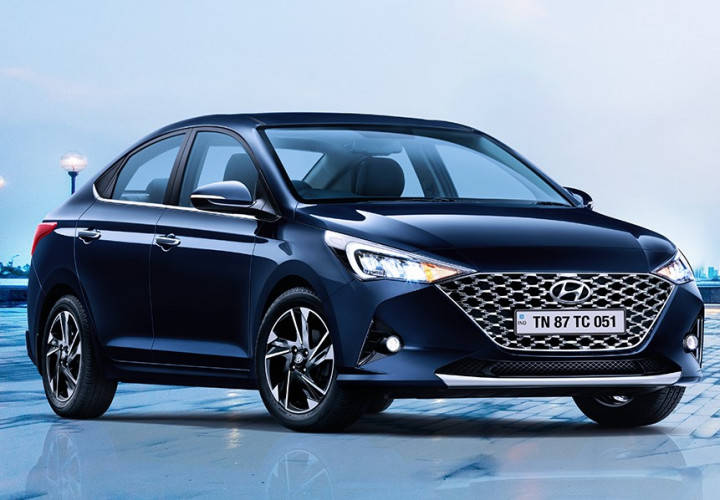

- Overall, the facelifted Verna is more fuel efficient than its BS4 predecessor.
- The 1.0-litre turbo-petrol variant has an impressive claimed efficiency of 19.2kmpl.
- The petrol automatic variant is 2.55kmpl more efficient than before.
Hyundai India is offered with three engine options: a diesel, petrol and a turbo-petrol. Now, a report online has revealed the sedan's official ARAI-claimed fuel efficiency figures. Here are the numbers:
|
Hyundai Verna |
Power/Torque |
Transmission |
ARAI-claimed Fuel Efficiency |
BS4 Verna Economy |
|
1.5-litre Petrol MT |
115PS/144Nm |
6-speed manual |
17.7kmpl |
17.4kmpl |
|
1.5-litre Petrol CVT |
115PS/144Nm |
CVT |
18.45kmpl |
15.9kmpl |
|
1.0-litre T-GDI |
120PS/172Nm |
7-speed DCT |
19.2kmpl |
----- |
|
1.5-litre CRDI MT |
115PS/250Nm |
6-speed MT |
25kmpl |
24.7kmpl |
|
1.5-litre CRDI AT |
115PS/250Nm |
6-speed AT |
21.3kmpl |
21.0kmpl |
The BS6 Verna, with its smaller 1.5-litre engines, is a tad more fuel efficient than the BS4 model which was equipped with bigger 1.6-litre units. The 1.5-litre petrol-manual and diesel variants are 0.3kmpl more fuel efficient than the BS4 sedan. Meanwhile, the petrol automatic, which now comes mated to a CVT (versus the earlier model's 6-speed AT), is 2.55kmpl more efficient than the older car.

The recently introduced 1.0-litre turbo-variant has an ARAI-claimed efficiency of 19.2kmpl. This is impressive considering the fact that it's a turbo-petrol motor and is available with a 7-speed DCT only.

Even though the new Verna is more frugal than its BS4 predecessor, it's a tad less powerful. That said, we've sampled these powertrains in the Kia Seltos and.
The facelifted Verna locks horns with the Maruti Suzuki Ciaz, Toyota Yaris, Volkswagen Vento BS6 as well as the upcoming Skoda Rapid TSI and.
from zigwheels https://ift.tt/2zgZV6v

0 comments:
Post a Comment